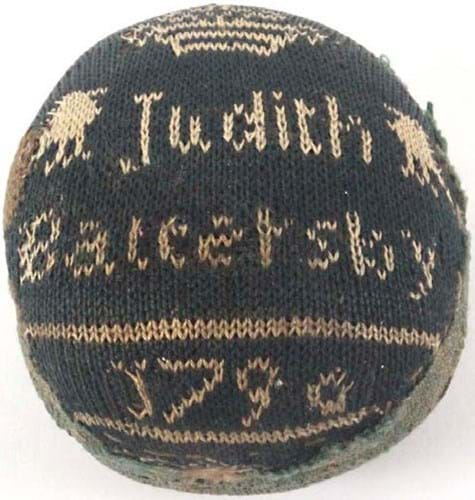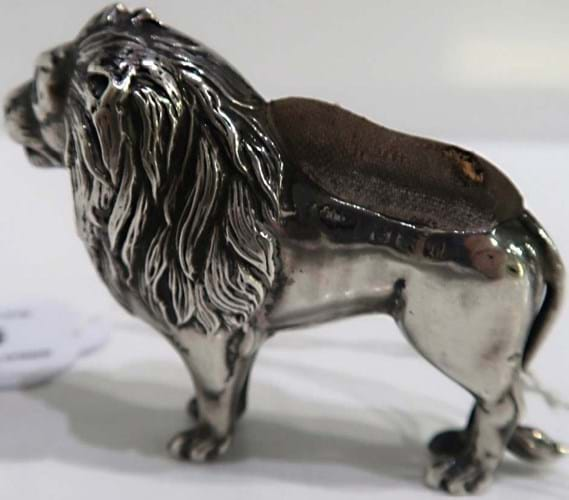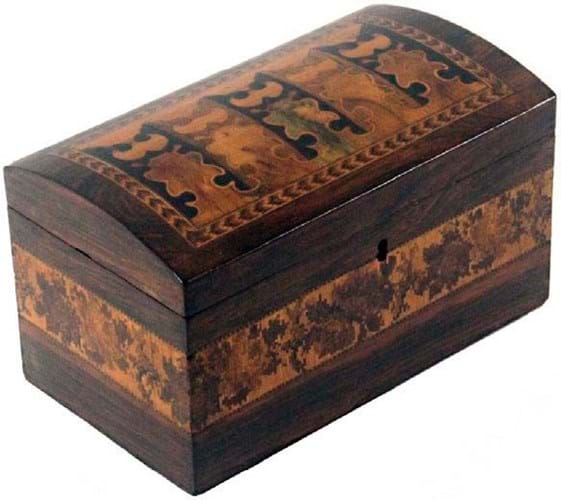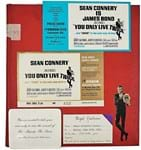Some, such as chicks, pigs and elephants are relatively easy to find. Others, such as foxes, cows and camels, were made in much smaller numbers.
Among the rarest of all forms is the lion, measuring just over 2¼in (6cm) long, made in the first decade of the 20th century by specialist Birmingham smallwork maker Adie & Lovekin.
The pin cushion specialist was founded in 1889 by Alfred Lovekin (1844-1912) and James Adie (1840-1913) and based in a factory at 23 Frederick Street from the 1890s.
Just how pricey these can be was demonstrated at Great Western Auctions (24% buyer’s premium) in Glasgow on December 16. This 1910 example, in good condition save two areas of wear to the pad, was guided at just £80-120 but sparked a contest that ended only at £1600 via a bid on thesaleroom.com.
As for disappointed underbidders, there is at least a chance to buy another. The silver sale at Woolley & Wallis in Salisbury on January 25-26 has an Adie & Lovekin lion pin cushion dated 1908 with a guide of £600-800.
Judith’s work

Pin cushion 1790 – £3020 at Bleasdales.
The recorded origins of pin cushions date back to the Middle Ages. Georgian examples, often made as keepsakes or to mark births and weddings, are particularly collectable.
The 2¼in (6cm) diameter cushion that topped Bleasdales’ (20% buyer’s premium) timed online sale in Warwick ending on November 24 was embroidered with the name Judith Battersby 1790 plus a crown, birds, long-tailed animals and a flowering jardiniere. With a later repair, it was pitched at £400-600 but sold to a US lady at £3020.
Sewing boxes were popular; in particular a 10½in (27cm) wide tortoiseshell box on ivory bun feet by London maker Thomas Lund, c.1860. The silk-lined interior was fitted with mother-of-pearl sewing accessories, but it was a tortoiseshell specialist rather than needlework enthusiast who sewed things up with a triple-top-estimate bid of £2620.
A bigger surprise and topping the 1000-lot auction was a Tunbridge ware box featuring striped marquetry within a chevron border to the dome top and a broad band of floral mosaic to the sides.
The 8 x 4½ x 4½in (20.5 x 11.5 x 11.5cm) box was by Robert Russell, one of the three Tunbridge makers represented at the Great Exhibition. Four serious collectors competed for this scarce item which left the £300-500 estimate behind, finally selling at £3240.
















